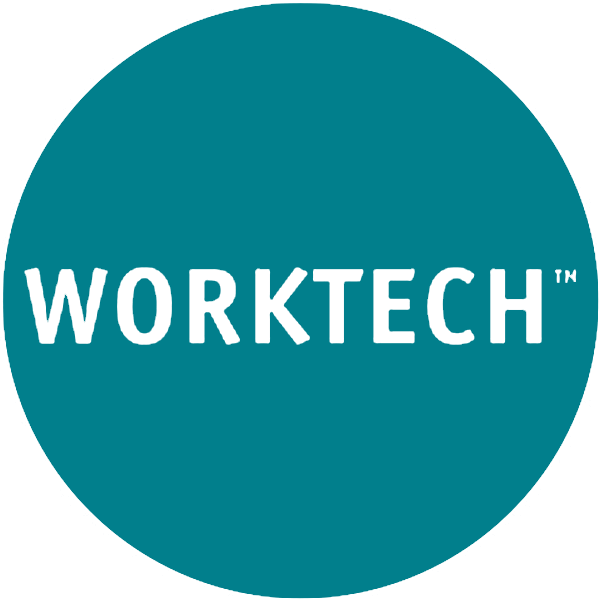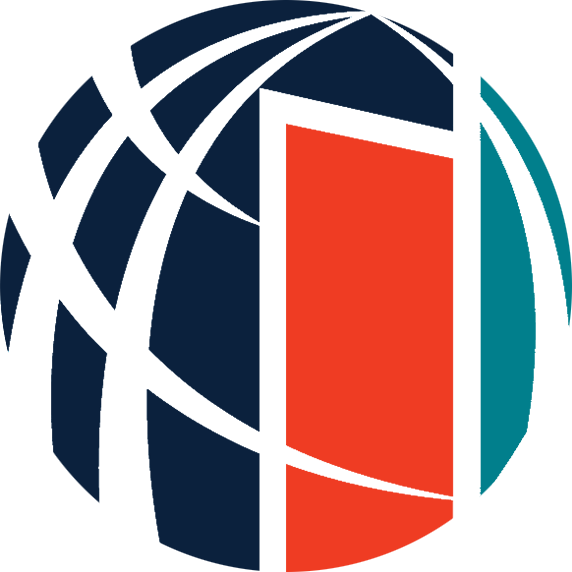When is Less More?
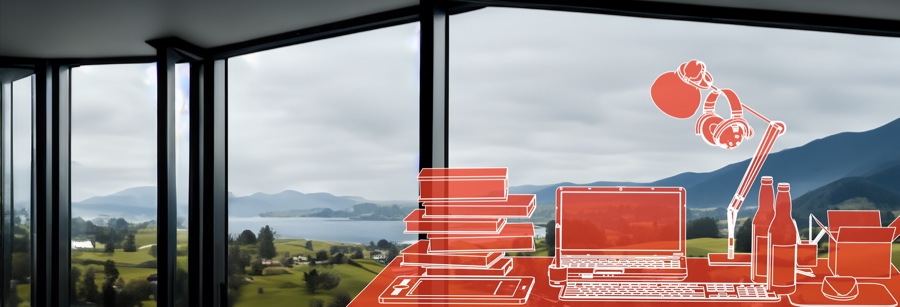
The Trouble with Subtracting: Our Brain's Bias Towards "More"
Research suggests that humans love to add, accumulate, and even hoard. Whether this is something that’s hardwired or learned, subtracting takes more cognitive effort. But grabbing too much now may cause cognitive distress down the line. This tendency is somewhat culturally-specific, but aspects of it reach across cultures. We see it in the way we over-schedule our lives and overuse natural resources. It’s why, in brainstorm sessions, we're often left with an overwhelming set of possibilities rather than actionable direction. Everyone is encouraged to add something new, with limited focus on eliminating something that's inefficient or wasteful.
On our minds
Decision-making is stressful, so we often go with our first idea and move on. Those first ideas almost invariably center on adding, rather than streamlining. Materialism and consumption are not only at the core of our U.S. economy, they are at the core of our identity. Having a certain material quality of life has long fed the idea of American exceptionalism—and social media is strengthening our consumerist behaviors.
This inclination to add rather than subtract is fairly evident in a basic skill we learn in elementary school: writing! Our tendency is to add more words, to hold on to clever turns of phrase, even if they don’t serve the overall message. Meanwhile, the key to self-editing is to pare down, to be able to “kill your darlings.” Our chatbots, trained on our own (often verbose) collective writing, respond to prompts with long, rambling, and still vague answers. Basically, the mark of an amateur writer—and a ChatGPT response—is a whole lot of “nothing much.” (We'll get back to ways to avoid the same in our workplace.)
Our brains’ neural pathways for accumulation are “super-highways,” dug deep and wide via repetition. Simultaneously, the neural pathways for downsizing are tiny, neglected country roads. To get better at subtraction, we need to practice it. Practicing requires attention and motivation.
University of Virginia professor Leidy Klotz studies the intersection of design and behavior. He’s one of the leading proponents of subtractive solutions and the author of Subtract: The Untapped Science of Less. (He was also a featured guest on a recent Hidden Brain episode we enjoyed.)
Klotz notes that we tend to focus on addition in workplace situations because we want to display competence, and addition is more visible—more performative—than subtraction. He suggests that organizations could encourage subtraction by coming up with ways to make it visible. For example, anyone bringing a new policy or product suggestion to a meeting might also mention two that should be discontinued. Or, if you suggest an additional responsibility for a role, you must also suggest a task that can be dropped—or even a task the entire organization can eliminate.
Adopting a “less is more” approach toward workplace policies can lower the dreaded “red tape” that often accompanies any institutional move. When policies get too cumbersome, creativity is stifled and employees are less engaged. This is a lesson we all learned during quarantine, when the organizations that fared best were able to be nimble and let go of policies that didn’t serve the new reality. Companies that are continuing to thrive have permanently embraced this flexibility.
The past few years have taught us that less is best in terms of commercial real estate, as well. Operating in less square footage allows us to amplify the “experience per square foot” quota, conserving both financial and natural resources. Subleasing or sharing space with another firm, making spaces more fluid and activity-based, rather than providing every worker allocated individual space, and redesigning downsized spaces so that they are more comfortable, accessible and efficient are all ways to lessen your company’s carbon footprint and get more bang for your real-estate buck.
Finally, let’s consider our personal schedules. How packed are your days? What changes about your schedule seasonally? Do you use summer as a period of rest, a time to catch your breath? Or is your summer packed with activities? Is every minute of your kids’ days programmed? Do your vacations consist of five different things in three days (museums! restaurants! amusement parks! beaches!), all on one trip?
Remember the long summer days of your childhood—reading, watching cartoons, riding your bike? Days of exploring the neighborhood woods, trying new activities without being prompted by an adult, learning to roller skate, ride a bike or cook your first simple meal?
Do you remember the luxury of being… bored?
To be our best, most creative and productive selves, we need downtime. We need naps, unstructured blocks, hours in nature. It’s often in downtime that we have epiphanies and solve tough problems. Our brains can only process so much targeted information at once. If we don’t get breaks, our cognition starts to break down — and we become rote, irritable, and disengaged. We burn out. (One of our other author-heroes, Daniel Kahneman, covers the related implications of this characteristic in his award winning book Thinking, Fast and Slow.)
When we have too much “stuff” in our lives, whether activities, (underused) office space, or rules, the point tends to get lost. Ever read three paragraphs of an email and still have no idea what it’s about? In the journalism world, this is called “burying the lede.” When our lives are too cluttered, it’s easy to lose sight of our strongest assets and miss out on making our top contributions.
So, in the spirit of summer and subtraction, we’re taking a break from this newsletter for July. We’ll be back in August, and until then, we’ll be practicing the art of doing less.
From the archives
In the summer of 2014 (yup 10 years ago), PLASTARC was talking about how facilities and community management merge, in instances such as coworking spaces and holistic, multisensory offices. This is a trend that has been amplified in recent years, as strategists seek creative real estate solutions. In June of 2016, our client west elm got press for their strong showing at NeoCon after PLASTARC helped the company design office furniture that felt more like home than work. The following summer, in 2017, we were promoting ABW (activity-based working) and weighing in on how facilities management should be more about people than facilities.
That’s it for this edition of the Wayback Machine! (If you’re not familiar, it’s a fun tool to check out, a snapshot of a time when the internet was less.) Since rainy days always make us feel easy with doing less, we’ll leave you with this soundtrack. See you in August!
In Case You Missed It
If you’ve prioritized early summer fun over work stuff, congrats! We’ll get you up to date on what you’ve missed.

What’s Trending in the Design World?
Over 50,000 attended the nation's biggest, multi-sector design conference. If you weren’t one of them, catch some of the prevailing trends via this wrap-up by our friends and WDM.
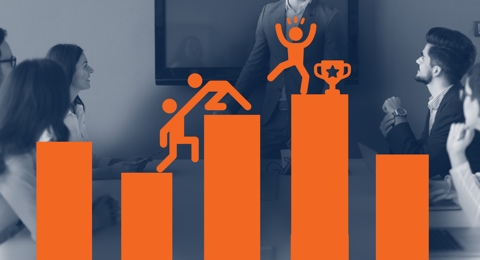
What Keeps Employees Happy?
Mental health, worker engagement, work-life balance, and all things AI were leading topics at the recent Gallup Global Workplace Event. Catch up with our coverage here!

MIT DesignX Pitch Day
These 12 social innovation startups pitched their solutions for a better world at DesignX 2024, tackling challenges from healthcare access to sustainable materials and community empowerment.

Building (Virtual) Sustainable Cities
PLASTARC moderated this panel at BuiltWorlds conference in NYC on the intersection of AI and sustainability, exploring how technologies from 3D modeling and digital twins to AI in fabrication hold potential for smarter, greener cities.

The People’s Pool
A plus-shaped pool floating off of the shores of Manhattan sounds like a fantasy; our friends at +Pool, just secured $16 million in NY State funding to make it a reality. Their advocacy work is impacting water access around the country, next stop 'swimmable cities'!
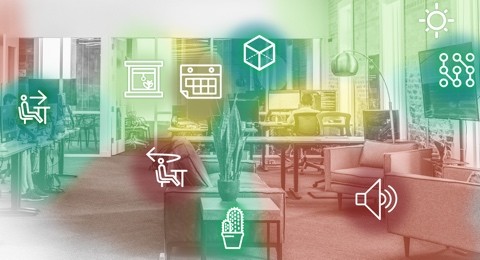
Space-Based Well-Being
We were delighted to have our perspectives on design for diversity featured in this edition of DMI Journal. We've long focused on multisensory design to support employees' diverse needs and foster mental health in the workplace.
Looking Ahead
Summer is a time to slow down. Even so, here are a few events that are worthy of space on your (hopefully, slightly less-cluttered) calendar.




